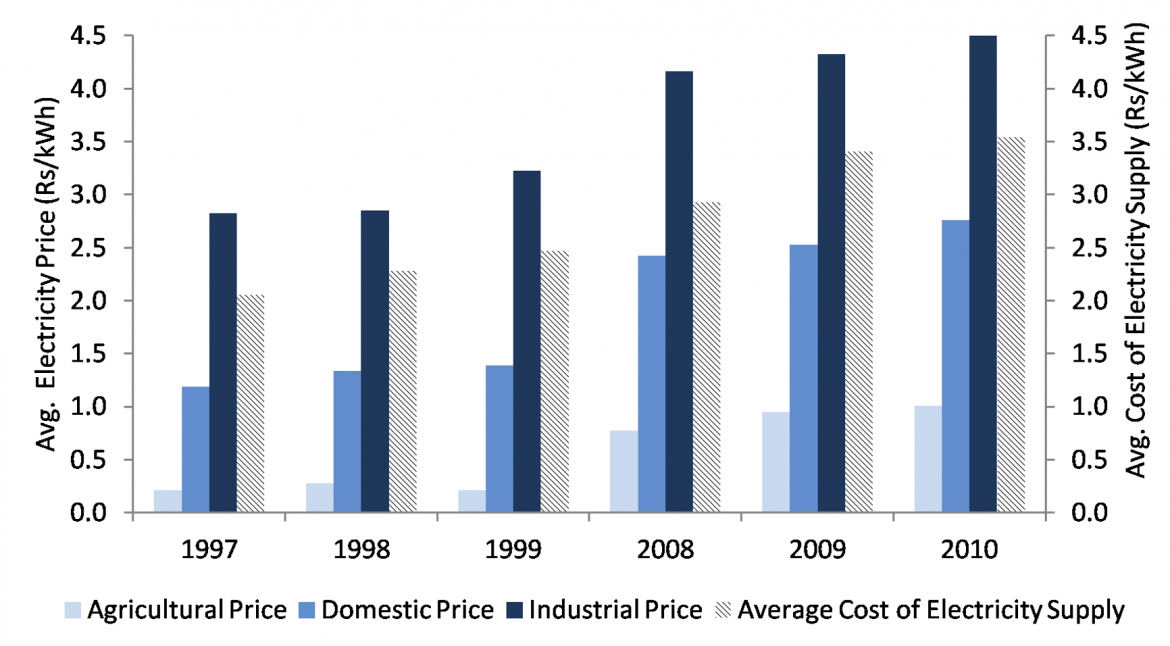
- Earthenware Space Heaters
An earthenware space heater is furnished with clay plates that are connected to metal curls. It runs on power Power to Choose .
As power goes through those loops, the ceramic plates heat up. The fired plates keep on retaining electrical intensity and that intensity needs to head off to some place, so it gets delivered very high.
The principal benefit of artistic heater units is that they can heat up right away and it requires next to no investment for you to feel the warming impacts of this kind of heater. This plan makes them the absolute most productive electric heaters that anyone could hope to find.
There are two sorts of fired space heaters: with a fan and without a fan.

If the fired heater has a fan, the fan blows air over the ceramic plates to assist with conveying the heater air all the more rapidly into the room. If the fired heater doesn’t have a fan, then, at that point, the warming system takes a bit longer since the air needs to retain the intensity that is gradually delivered by the clay plates.
Masters of this Kind of Heater
- Smaller in size
- Lightweight
- Moment heat
- Intensity can waver
- Ceramic plates require a long time to chill off (heat emanates after being switched off)
- Cool-to-the-contact lodging
- Simple to move around
Cons of This Sort of Heater
- Doesn’t warm an exceptionally huge space (best for more modest regions)
- Fired heaters without a fan are delayed to warm up a room
- Most sorts need to continually run (and utilize electrical energy) to convey heat
- Heat move can be impeded by actual items
- Fan Space Heaters
A fan space heater is the same as a fired heater. It works in pretty much every manner except the warming component.
Rather than utilizing earthenware plates, these kinds of space heaters heat a metal curl, and that loop is the thing that moves heat up high.
Fan heaters come in one kind: with a fan.
The fan blows air over the metal curl which drives heat into the room.
Masters of this Sort of Heater
- Modest to purchase
- Minimized in size
- Lightweight
- Moment heat
- Intensity can waver
- Cool-to-the-contact lodging
- Simple to move around
Cons of This Kind of Heater
- Heat quits being moved when the heater is switched off
- Should continually run (and utilize electrical energy) to convey heat
- Doesn’t warm an extremely enormous space (best for more modest regions)
- The vast majority of these kinds of heaters just incorporate turn-dial indoor regulators, so you can pick an exact degree
- Heat move can be hindered by actual items
- Infrared Space Heater
An infrared space heater works in something else entirely than an earthenware heater or fan heater. In any case, it is powered by power.
How an infrared heater heats a space by discharging electromagnetic waves high up that intensity up the actual items that are available. The interaction is like the way that the sun utilizes radiation to warm up the Earth.
Rather than heating the air, infrared heater types heat the items (for example furniture, covering, walls) and human bodies that are around it.
Infrared heaters come in two sorts: with a fan and without a fan.
Geniuses of this Sort of Heater
- Heat isn’t hindered by objects (objects ingest the intensity)
- Heat is enduring and proceeds in any event, when the infrared heater is switched off
- A few models have wood bureau plans and seem to be furniture
- Cool-to-the-contact lodging
- Some incorporate a computerized indoor regulator
- Simple to move around on the off chance that it has wheels or a handle
Cons of This Sort of Heater
- Can be weighty
- Heat is one-directional
- Requires actual items in the space to retain the intensity move (fewer articles = less intensity)
- More costly than ceramic and fan heaters



